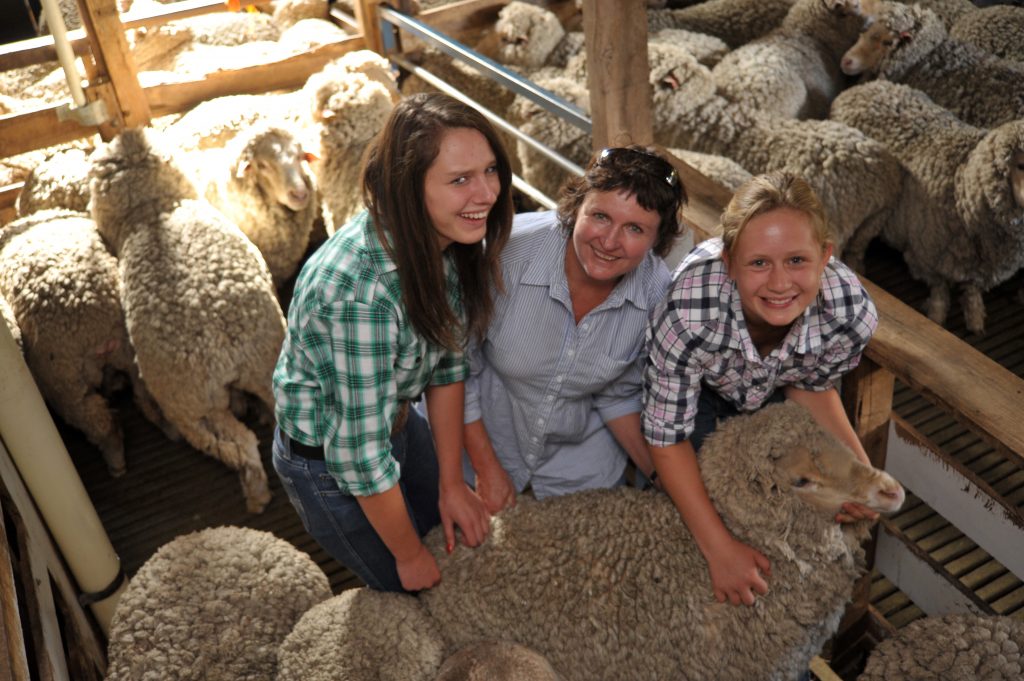03 Mar How to create an out-of-classroom learning experience that students will always remember
Julie Aldous, a former Rural Women of the Year, reflects on the power of immersing students in industry through hands-on learning.

In 2009, Julie Aldous had an idea.
As a trained teacher with a background in agriculture, she began to reimagine her classroom.
“I decided that there needed to be something different for students in year nine. [They] needed to be engaged in education in a different way.”
“I also saw as a farmer, that we were in real need of students who knew how to work with animals and they couldn’t learn that out of a book.”
Connecting with both farmers and the school, Julie proposed offering a Certificate II in Agriculture to year nines as an elective. In one year, students would complete a vocational qualification that could also count towards their VCE.
Aligning the program to the Victorian curriculum meant that students were able to get straight out onto farms, with WHS covered as part of their learning.
Upon its implementation, Julie was amazed by the results of the program.
“What we found was that the students dived in and loved it. They loved being out of the classroom. Every week we went out, regardless of rain, hail, or shine. Students went out onto farms and did real work.”
“Transdisciplinary subject learning happened: [students developed] transferable skills that enabled them to go on to other areas.”
Julie found that for the participating students, the impact of the program lasted well beyond its completion.
“The ability to access career pathways in agriculture was something that we hadn’t expected. Over 26% of those students in measured time went on to do agriculture, either at university or in further certificates.”
Highlighting pathways into agriculture helps students to secure regional work in rapidly growing industries. By connecting students with industry through immersive, out-of-classroom experiences, Julie aimed to address regional skill shortages and contribute to future workforce growth.
“The assumption is that students who come from rural schools all come from farms. In fact, the very opposite applies. In the year prior to implementation [of the program], I did a survey of four year seven classes and only an average of two [students] from each class actually came from farms. So the need for farms to attract students into agriculture, outside of existing farming families, is pretty huge.”
Julie’s model was not just confined to agriculture – it had the potential to be used for any local industry that a school could partner with. Therefore, with the support of NE Tracks LLEN and NELLEN, the program has since expanded in the region to be delivered in healthcare, social assistance, and horticulture.
Reflecting on the program, Julie urges us to consider what students are capable of when given the right opportunities.
“My underlying request of everyone in education is not to underestimate students. Those of us who come from industry backgrounds know how capable young people are.”
“With the right advice, they can do all sorts of things. And they come out ten feet tall because they’ve been patted on the back by someone, a mentor in the industry, who said, “Well done, you did a good job today.”
“It makes the world of difference to them. And to their choices in the future.”
Julie Aldous will be further exploring topics such as hands-on learning, industry immersion and early engagement at the 2022 School to Work Summit.



No Comments